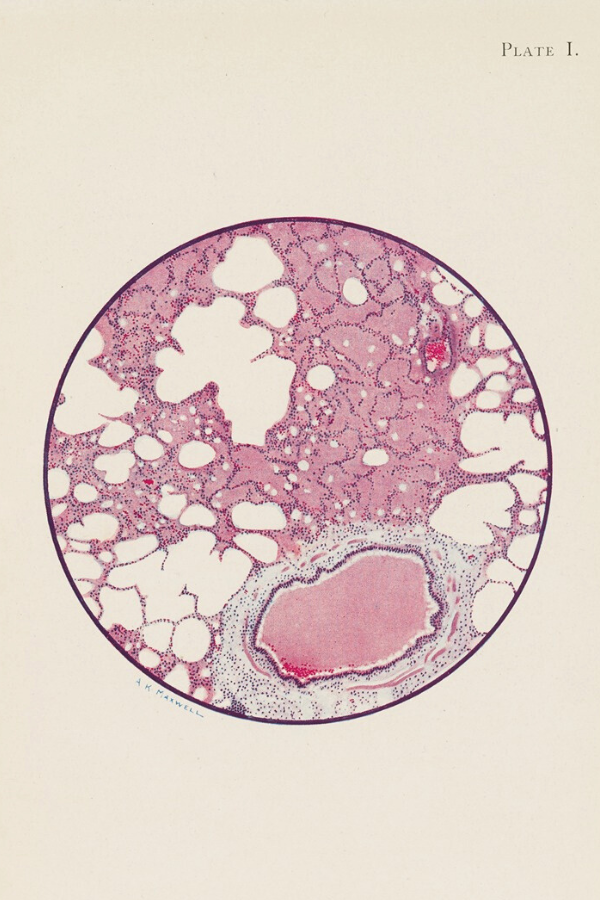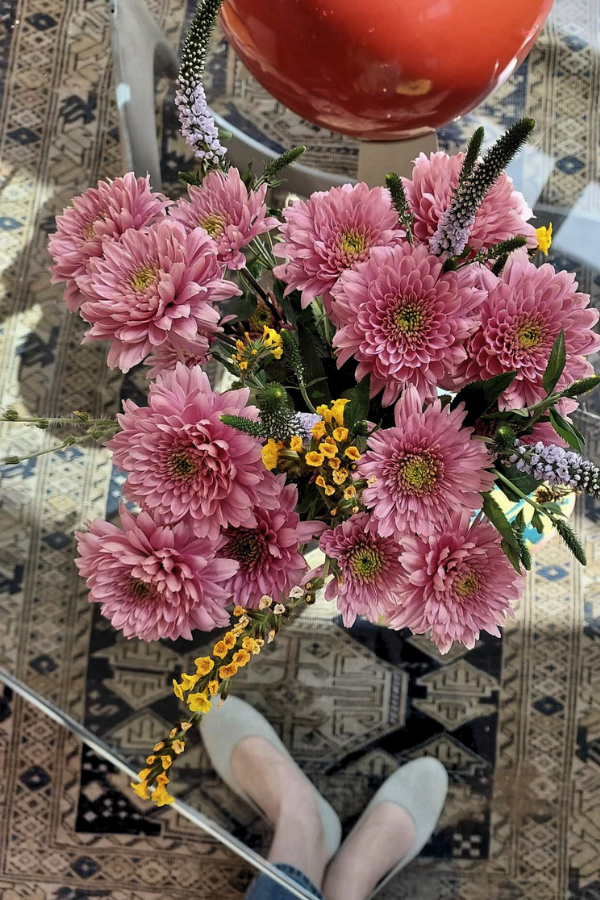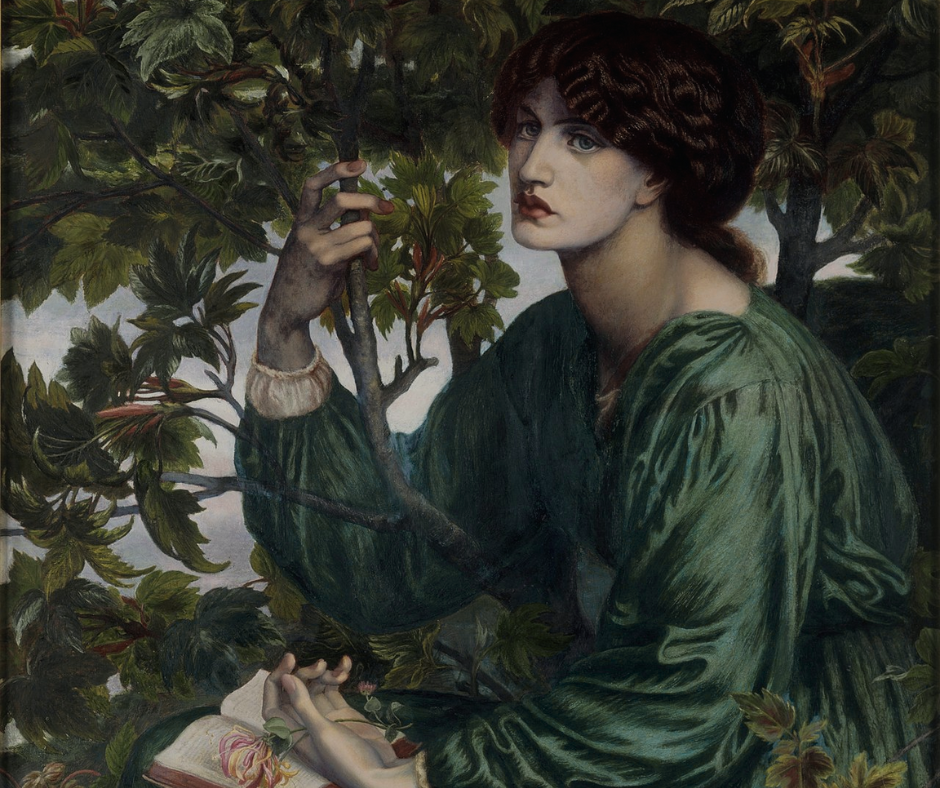
The Psychology Of Color: Green In Interior Design, Branding, And Beyond
Summary
The color green is deeply intertwined with nature, growth, and renewal, evoking tranquility and harmony. This article explores green’s versatile role in interior design, branding, art, religion, and modern contexts. Green’s psychological impact spans calming home environments to influential brand identities, and its cultural significance varies globally. The article delves into green’s historical uses, emotional interpretations, and symbolic meanings across various domains, illustrating how this color profoundly shapes our lives and perceptions.
Reflection Questions
- How does the color green affect your mood and behavior in different settings, such as at home, in nature, or in a retail environment?
- Can you identify brands that use green effectively in their logos and marketing? How do these brands make you feel about their products or services?
- Reflecting on the cultural variations of green, how does your cultural background influence your perception and use of this color?
Journal Prompt
Think about a space in your home or a place you frequently visit that prominently features the color green. Describe how the presence of green in this space makes you feel. Consider how different shades of green might change the atmosphere and your emotional response. Write about how you might incorporate more green into your surroundings to enhance your well-being and create a balanced environment.
Known for its strong ties to nature, growth, and renewal, green evokes feelings of peace, balance, and harmony. It has been used throughout history across religions and cultures to communicate certain ideals and elicit certain emotions. In this article, we consider the various ways green is used, from creating calming spaces in our homes to crafting impactful brand identities. We’ll also explore the historical and cultural significance of green, its role in art and religion, and its use in modern technology and fashion. Let’s take a closer look at green color psychology—examining how the color green influences our lives and environments in so many different ways.
An Introduction to Color Psychology
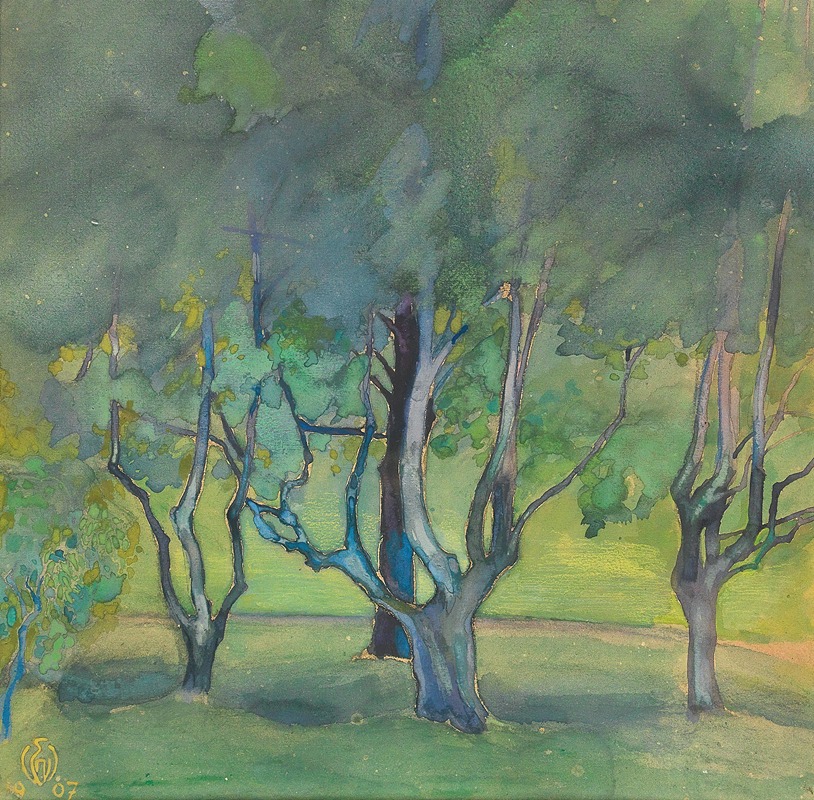
Color psychology is the study of how colors affect human emotions, behaviors, and perceptions. It examines the impact that different hues have on our mood and decision-making processes, and how these effects can be utilized in various fields such as marketing, design, and art. Colors can evoke a wide range of emotional responses, from feelings of calm and relaxation to excitement and urgency. Cool colors tend to be perceived as calm, while warm colors are more associated with excitement.
Green, in particular, plays a significant role in color psychology due to its strong associations with nature, growth, and renewal. Green evokes feelings of tranquility, balance, and harmony, making it a popular choice for environments designed to create a calming and relaxing atmosphere. Additionally, green can symbolize health, prosperity, and freshness, influencing how it is used in branding, interior design, and other applications to convey positive, natural, and rejuvenating qualities.
Green Color Psychology: Interpreting Different Shades of This Relaxing Color
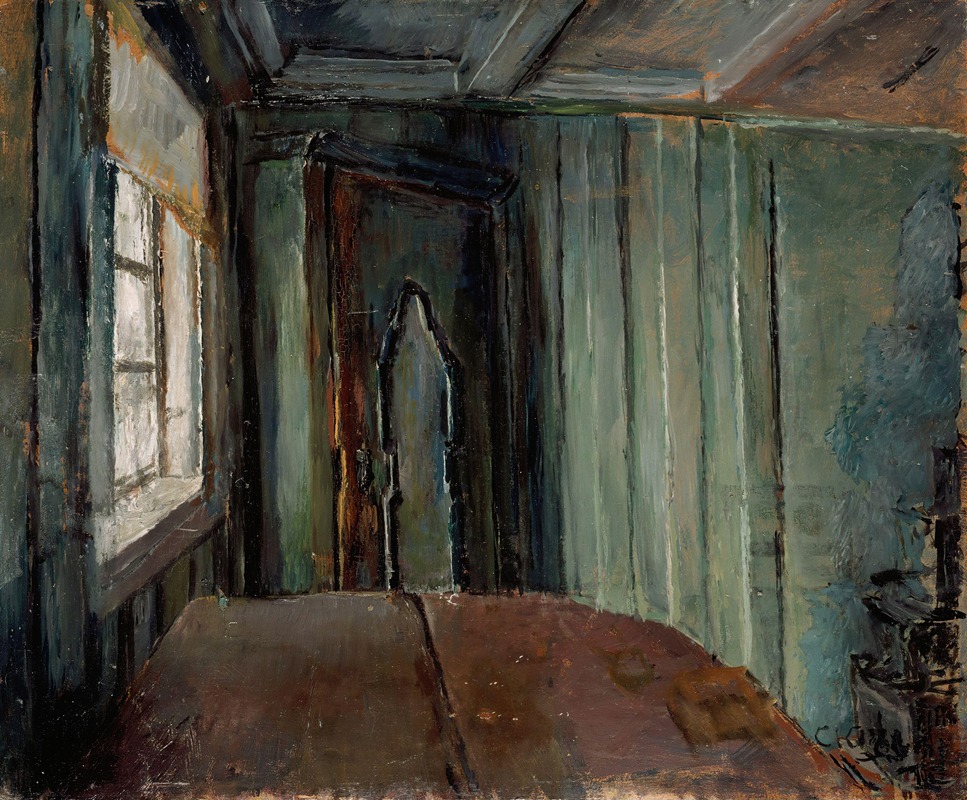
Dark greens are often associated with stability, wealth, and affluence. They convey a sense of tradition, dependability, and permanence, which makes them a popular choice for financial institutions and businesses aiming to project reliability and success. Dark greens, such as forest green or hunter green, are seen as sophisticated and elegant. They bring a sense of richness and depth, often used in high-end design and fashion to create an atmosphere of luxury. While all shades of the colour green evoke nature, dark greens are particularly linked to mature plants and trees, symbolizing growth, endurance, and the timeless aspects of nature.
Dark green is often used in interior design to create a calming yet sophisticated environment. It works well in living rooms, libraries, and offices to add a touch of elegance while promoting a serene atmosphere. In branding, dark green is used to convey stability, trust, and sophistication. It is frequently seen in the logos and marketing materials of financial services, high-end products, and environmentally conscious brands (giving new meaning to the phrase “green brand”).
Lighter Shades of Green
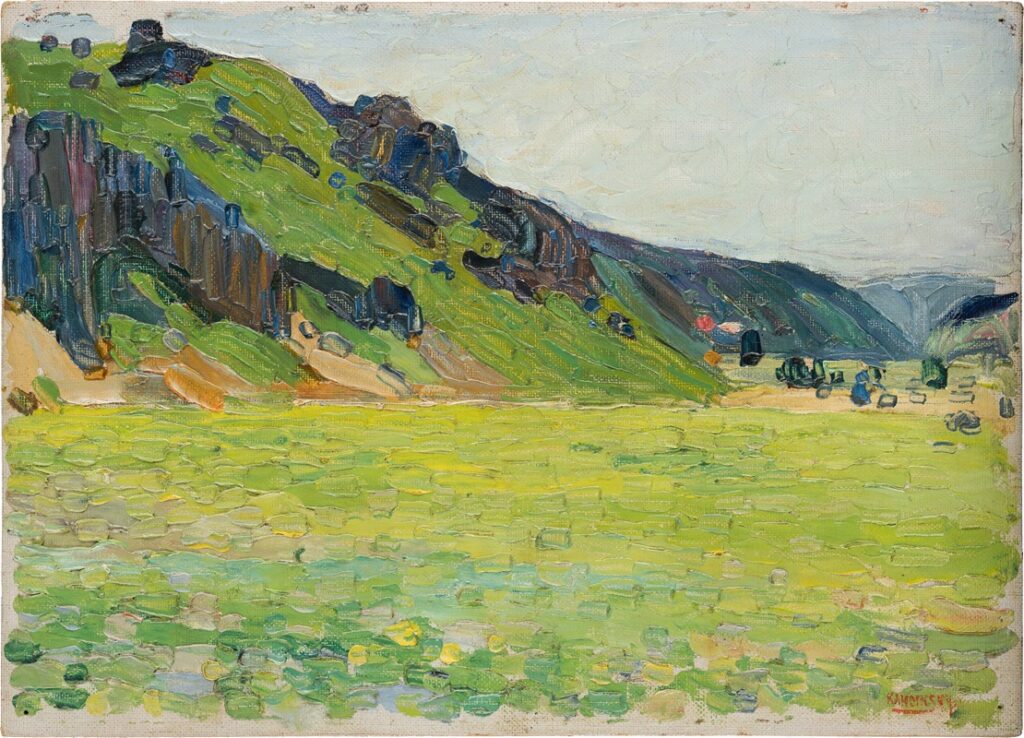
Lighter shades of green, such as lime green or mint green, are associated with freshness, vitality, and renewal. They evoke the early stages of growth and new beginnings, bringing a sense of energy and rejuvenation. Light greens are seen as youthful and uplifting. They convey positivity, playfulness, and a sense of lightheartedness, making them suitable for settings that aim to inspire creativity and happiness. Light green is often linked to health and healing due to its soothing and refreshing qualities. It symbolizes physical well-being and is frequently used in environments that focus on recovery and relaxation.
Lighter shades of green are popular in interior spaces that aim to feel airy and vibrant, such as kitchens, bathrooms, and children’s rooms. They bring a sense of lightness and openness, making a green room feel more inviting and energetic. In branding, light green is used to convey freshness, innovation, and eco-friendliness. It is often seen in the logos and packaging of health and wellness products, organic brands, and companies promoting new, innovative solutions.
Cultural Variations in the Perception, Importance, and Use of Green

Green, as a color, holds a myriad of meanings and symbolisms that vary significantly across different cultures. These variations influence how green is perceived, its importance, and its use in various aspects of life, such as art, religion, and daily practices.
Western Cultures
In many Western cultures, green is predominantly associated with nature, renewal, and life. It symbolizes growth, fertility, and the environment, which is why it is often used to promote eco-friendly products and initiatives. For example, brands focusing on sustainability and organic products frequently use green in their logos and marketing materials. Additionally, green can also represent prosperity and wealth, as seen in the green color of U.S. currency. However, green has negative connotations as well, such as envy and jealousy, encapsulated in the phrase “green with envy.”
Fuel your creative fire & be a part of a supportive community that values how you love to live.
subscribe to our newsletter
*please check your Spam folder for the latest DesignDash Magazine issue immediately after subscription

Eastern Cultures
In Eastern cultures, green’s meanings can vary significantly. In China, green can represent health, prosperity, and harmony. However, it also has a more negative connotation when associated with infidelity; for instance, a “green hat” can imply that a man’s wife is unfaithful. In contrast, in Japan, green is linked with eternal life, youth, and energy, and it is commonly used in cultural rituals and traditional clothing.
Islamic Cultures
Green holds substantial importance in Islamic cultures, where it is considered the color of paradise and the Prophet Muhammad. It symbolizes life, fertility, and renewal. The Quran frequently mentions green, and it is often used in religious contexts, such as mosque decorations, flags, and ceremonial garments. The prominence of green in Islamic culture underscores its spiritual and sacred significance.
Hinduism and Buddhism
In Hinduism and Buddhism, green is associated with nature, life, and harmony. It represents balance and calmness, aligning with the natural world and the environment. In Hindu culture, green is also linked to the heart chakra, symbolizing compassion, love, and healing. Green is often used in festivals, rituals, and traditional attire, highlighting its cultural and spiritual significance.
African Cultures
In various African cultures, green is often associated with the earth, agriculture, and prosperity. It represents life and growth, reflecting the importance of farming and the natural environment. In some African traditions, green is used in ceremonies and textiles to symbolize renewal and vitality.
Green in Interior Design
Green is widely recognized for its calming and relaxing properties, making it an ideal choice for creating serene and peaceful interiors. Its strong associations with nature and renewal evoke feelings of tranquility and balance, helping to reduce stress and promote a sense of well-being. These qualities make green a popular color in spaces designed for relaxation and rejuvenation, offering a visual retreat that brings the refreshing essence of the outdoors inside. You can see how beautifully this is done in Laura U Design Collective’s Hedwig Village project above.
Applications in Different Green Spaces
In living rooms, green can create a tranquil environment that encourages relaxation and social interaction. Soft, muted shades are particularly effective in promoting a calm and inviting atmosphere. In bedrooms, green’s soothing qualities help to promote restful sleep and relaxation.
Darker greens can provide a cozy, enveloping feel, while lighter greens can keep the space feeling fresh and airy. In office spaces, green is used to enhance productivity and reduce stress. Its balancing effect can help create a focused and harmonious work environment, which is essential for maintaining mental clarity and reducing fatigue.
Color Combinations and Accents

Green can be effectively paired with complementary and analogous colors to create visually appealing and harmonious interiors. Complementary colors like red or pink can add vibrancy and energy to a green-dominated space, while analogous colors such as blue and yellow can enhance the natural and calming qualities of green.
Using green as a background color can provide a neutral, serene canvas that allows other design elements to stand out, whereas using it as an accent color can introduce a touch of nature and freshness without overwhelming the space. The versatility of green makes it a valuable tool in the designer’s palette, capable of adapting to various styles and moods.
Green in Branding

Green is a powerful color in branding due to its strong associations with eco-friendliness and sustainability. Brands that use green often aim to convey messages of environmental responsibility and natural products, appealing to consumers who prioritize these values.
Additionally, green represents wealth, stability, and growth, making it an attractive choice for financial institutions and businesses that want to project reliability and prosperity. By incorporating green into their brand identity, companies can communicate these positive attributes and align themselves with the principles of health, balance, and renewal.
Famous Brands That Use Green
Several successful brands have effectively utilized green to enhance their image and connect with their target audience. Starbucks, for example, uses green in its logo to symbolize growth and freshness, reinforcing its commitment to quality and ethical sourcing.
Whole Foods Market also employs green to emphasize its focus on natural and organic products, appealing to health-conscious consumers. The strategic use of green in these logos and marketing materials helps these brands stand out in a competitive market and clearly communicate their core values and commitments to sustainability and quality.
Design Your Dream Firm in Just 5 Days
JOIN THE CHAOS TO CLARITY CHALLENGE!

Impact on Consumer Behavior
Green’s influence on consumer behavior is significant, as it can affect purchasing decisions and brand perception. The calming and positive associations of green can make consumers feel more at ease and confident in their choices, leading to increased trust and loyalty.
Brands that utilize green effectively can leverage these psychological effects to build stronger connections with their customers, encouraging repeat business and long-term relationships. By fostering an image of reliability, health, and environmental consciousness, green helps brands cultivate a loyal customer base that aligns with their values.
Green in Fine Art

Throughout art history, green has played a significant role in various periods and movements. During the Renaissance, artists like Leonardo da Vinci and Raphael used green to symbolize nature, life, and growth, often in landscapes and backgrounds to enhance the naturalism of their works.
In the Impressionist period, artists such as Claude Monet and Pierre-Auguste Renoir employed green to capture the fleeting effects of light and atmosphere in outdoor scenes. Each art movement imbued green with distinct symbolic meanings, ranging from fertility and rebirth in the Renaissance to the transient beauty of nature in Impressionism.
Techniques and Mediums
The use of green pigments has evolved considerably over time. Early artists relied on natural pigments such as malachite and verdigris, which had limited stability and vibrancy. The 19th century saw the introduction of synthetic pigments like viridian and chrome green, which offered greater colorfastness and intensity.
In modern and contemporary art, the use of green has expanded with advancements in pigment technology, allowing artists to explore a wider range of shades and applications. Today, green is used in diverse mediums, from traditional oil and acrylic paints to digital art, reflecting its enduring versatility and appeal.
Fuel your creative fire & be a part of a supportive community that values how you love to live.
subscribe to our newsletter
*please check your Spam folder for the latest DesignDash Magazine issue immediately after subscription

Interpretations and Emotions
Green in art can convey a broad spectrum of themes and emotions. It is often used to depict nature, evoking feelings of tranquility, growth, and renewal. However, green can also symbolize envy and jealousy, as seen in works exploring human emotions and psychological states. Green light in particular is used to highlight these emotions in fine art.
Artists utilize green to create specific moods and atmospheres, influencing viewer responses through its calming or unsettling effects. The color’s duality allows for rich, layered interpretations, making it a powerful tool for conveying complex narratives and emotional experiences in art.
Iconic Paintings Remembered for Their Use of Green
“The Hay Wain” by John Constable

This iconic English landscape painting from 1821 showcases lush, green countryside. The vibrant greenery in the fields and trees highlights Constable’s love for the rural landscapes of Suffolk, England. The detailed depiction of the natural environment, including the river and the cart, reflects Constable’s dedication to capturing the beauty and tranquility of the English countryside.
“Green Wheat Fields, Auvers” by Vincent van Gogh

Painted in 1890, this work captures the rolling green wheat fields of Auvers-sur-Oise. The dynamic brushstrokes and rich greens convey a sense of movement and the vitality of nature. Van Gogh’s intense use of color and texture emphasizes the living, breathing essence of the landscape, reflecting his emotional connection to the natural world.
“The Water Lily Pond” by Claude Monet

Part of Monet’s famous Water Lilies series, this painting from 1899 features a tranquil green pond with water lilies. The various shades of green in the foliage and reflections create a serene, almost hypnotic effect. Monet’s masterful handling of light and color captures the peaceful, meditative quality of his garden at Giverny, inviting viewers into a moment of stillness and contemplation.
“Green Stripe (Madame Matisse)” by Henri Matisse
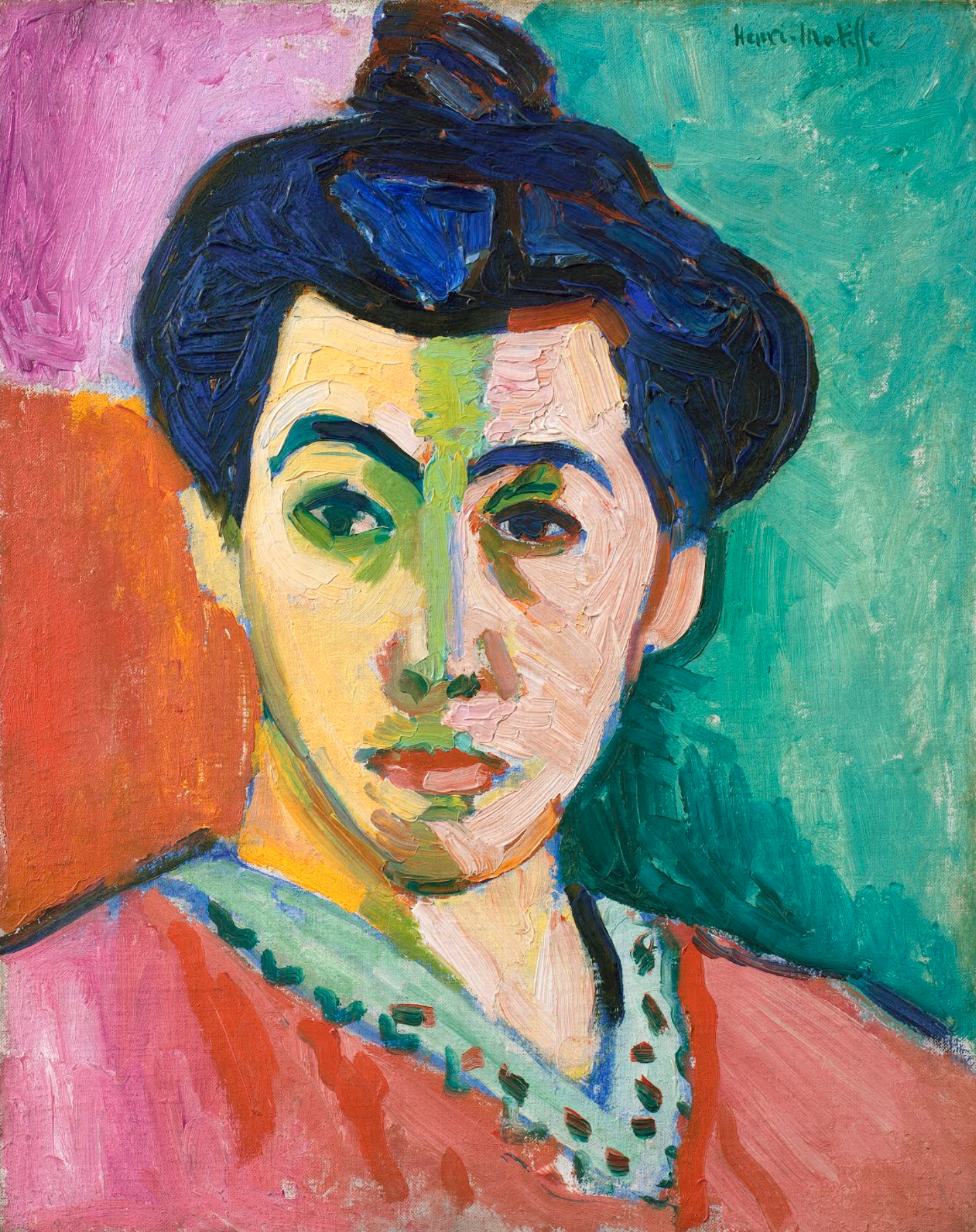
This 1905 portrait of Matisse’s wife, Amélie, is famous for the bold green stripe that divides her face. The use of green, alongside other vibrant colors, showcases Matisse’s Fauvist style and his innovative approach to color. The green stripe adds a dramatic and unconventional element to the portrait, reflecting Matisse’s interest in exploring new ways of expressing emotion and character through color.
“The Green Christ” by Paul Gauguin

Painted in 1889, this work is part of Gauguin’s exploration of religious themes in his Tahitian paintings. The green tones in the landscape and the Christ figure emphasize the connection between spirituality and nature in Gauguin’s vision. The use of green adds a mystical and otherworldly quality to the scene, highlighting Gauguin’s interest in incorporating symbolic color into his work.
“A Sunday Afternoon on the Island of La Grande Jatte” by Georges Seurat

While not entirely green, this famous pointillist painting from 1884-1886 features significant green elements in the grass and trees. Seurat’s meticulous use of green dots and his innovative technique create a vibrant and dynamic scene of leisure. The structured yet lively composition captures the essence of a leisurely afternoon, illustrating Seurat’s scientific approach to color and form.
Fuel your creative fire, thrive with support from peers, & make 2025 your firm’s best year yet!
JOIN THE DESIGNDASH COMMUNITY

Green in Religion
Green holds profound symbolic meanings across various religions. In Islam, green is revered as the color of paradise and is closely associated with the Prophet Muhammad. It symbolizes eternal life and divine blessings.
In Christianity, green represents life, renewal, and resurrection, often seen during the liturgical season of Ordinary Time, reflecting growth and fertility in the spiritual journey. Hinduism and Buddhism both regard green as a symbol of balance, nature, and harmony. It embodies the concept of life and the interconnectedness of all living things, promoting tranquility and spiritual equilibrium.
Use in Religious Art and Architecture

Green is prominently featured in religious art and architecture, underscoring its cultural and spiritual significance. In Islamic culture, green adorns mosques, minarets, and religious texts, emphasizing its sacred status. Christian religious art often incorporates green in depictions of the Garden of Eden, pastoral scenes, and the vestments worn during specific liturgical periods.
In Hindu temples and Buddhist stupas, green is used to represent life and nature, contributing to a serene and contemplative atmosphere. These applications highlight green’s role in enhancing the spiritual and aesthetic appeal of religious spaces.
Rituals and Practices
Green plays a vital role in various religious ceremonies and traditions. In Islam, green is often worn during religious festivals and used in the decoration of holy sites. During Christian rituals, green vestments are worn by clergy during Ordinary Time, symbolizing ongoing growth and renewal. Hindu rituals frequently use green in offerings and decorations, reflecting the importance of nature and fertility.
In Buddhism, green is associated with the practice of compassion and is used in meditation spaces to create a calming environment. These rituals and practices underscore green’s significance in promoting spiritual well-being and reverence across different faiths.
Green Beyond Traditional Contexts
Green has become a powerful symbol of environmentalism and activism, representing the commitment to protecting the planet and promoting sustainable practices. It is widely used in the logos and campaigns of organizations dedicated to conservation, renewable energy, and eco-friendly initiatives. The color green evokes images of nature and health, making it an effective choice for raising awareness and inspiring action towards environmental causes. From the Green Party’s political movements to grassroots activism, green serves as a visual shorthand for sustainability and ecological responsibility.
Fashion and Personal Style
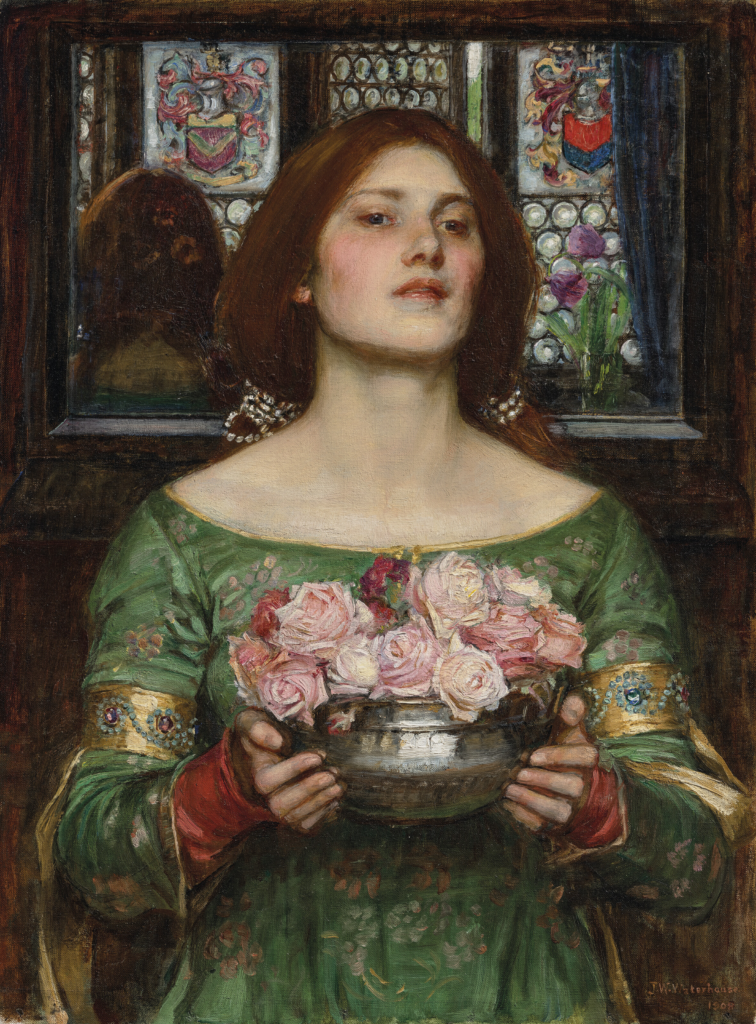
In fashion and personal style, green is a versatile color that has seen various trends over the years. Wearing green can evoke different psychological responses depending on the shade; bright greens can appear fresh and lively, while darker greens convey sophistication and stability.
Green clothing and accessories are often associated with a connection to nature and a conscious lifestyle, influencing how individuals perceive themselves and how they are perceived by others. The choice to wear green can enhance mood, promote feelings of tranquility and balance, and make a bold fashion statement that aligns with eco-conscious values.
Technology and Innovation
Green is increasingly prevalent in user interfaces and digital design, where it plays a crucial role in enhancing user experience and engagement. In technology, green is often used to indicate successful actions, positive statuses, and eco-friendly products or features. Its association with safety and approval makes it an effective choice for buttons, notifications, and progress indicators. The use of green in digital design can create an intuitive and reassuring experience for users, promoting a sense of calm and clarity. This strategic application of green helps improve usability and satisfaction in various technological contexts.
Final Thoughts on Green Color Psychology
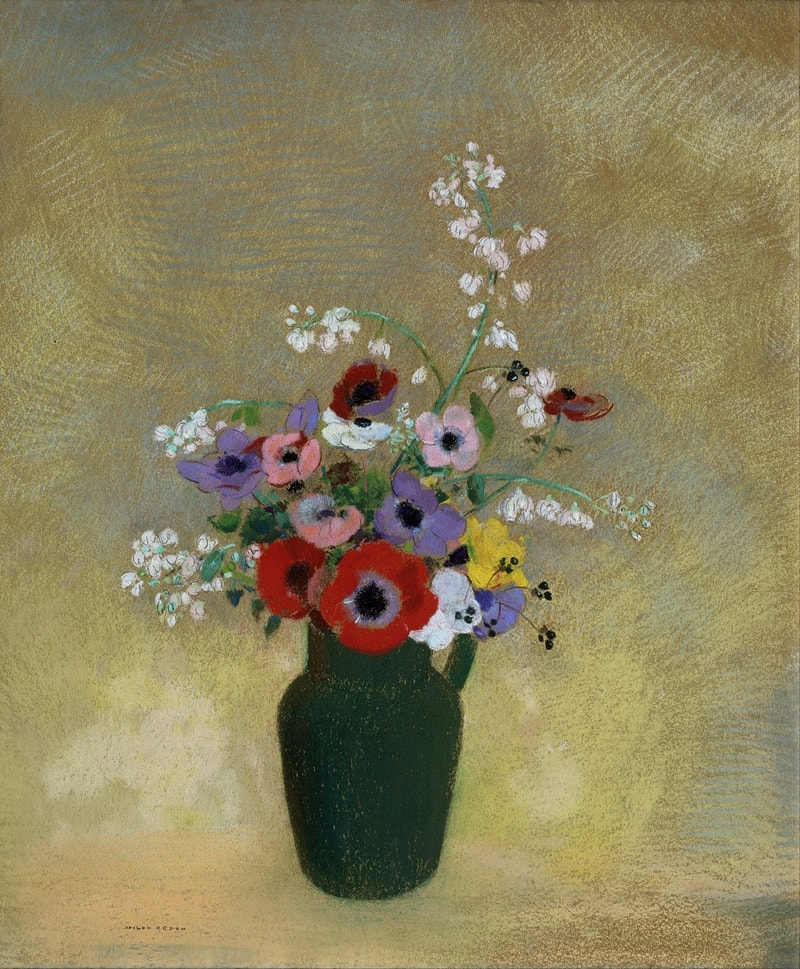
From calming interiors to powerful brand identities, the color green plays a significant role in shaping our experiences and perceptions. Its associations with nature, growth, and renewal make it a versatile and impactful choice across various fields. Whether it’s promoting tranquility in our homes, symbolizing sustainability in brands, or conveying profound meanings in art and religion, green’s influence is undeniable. As we continue to explore and understand the psychology of color, it becomes clear that green offers a unique blend of serenity and strength that enriches our lives. Embracing green in its many shades and contexts can lead to more balanced, harmonious, and engaging environments.
Written by the DesignDash Editorial Team
Our contributors include experienced designers, firm owners, design writers, and other industry professionals. If you’re interested in submitting your work or collaborating, please reach out to our Editor-in-Chief at editor@designdash.com.








